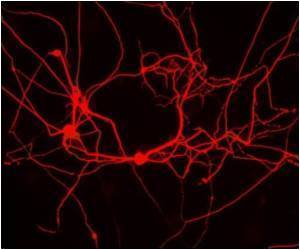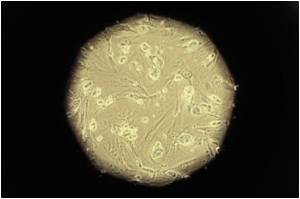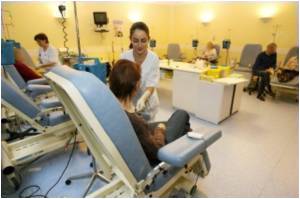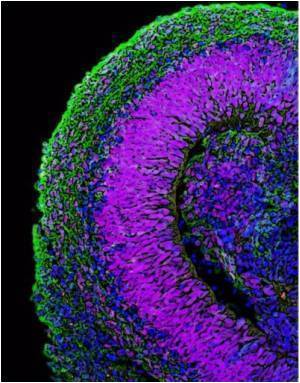Swedish researchers have found an unknown GPS function that controls the manner in which stem cells produce different types of cells in many areas of the nervous system.

Stem cells are responsible for the creation of all cells in an organism during development.
Previous research has shown that stem cells give rise to different types of cells in different parts of the nervous system.
This process is partly regulated by the so-called Hox genes, which are active in various parts of the body and work to give each piece its unique regional identity - a kind of GPS system of the body.
But the researchers don't know how does a stem cell know that it is in a certain region and how does it read the body's "GPS" signals.
The scientists also wanted to find out how this information is used to control the creation of specific nerve cells.
Advertisement
It is present in all segments of the nervous system, but it is only in the thorax, or chest region, that it produces a certain type of nerve cell.
Advertisement
It turned out that the Hox genes in the stomach region stop stem cells from splitting before the specific cells are produced.
On the other hand, the specific nerve cells are actually produced in the head region, but the Hox genes turn them into another, unknown, type of cell.
Hox genes can thus exert their influence both on the genes that control stem cell division behaviour and on the genes that control the type of nerve cells that are created.
"We constantly find new regulating mechanisms, and it is probably more difficult than previously thought to routinely use stem cells in treating diseases and repairing organs, especially in the nervous system", said Thor.
The findings are publishing in the online, open-access journal PLoS Biology.
Source-ANI
SAV













